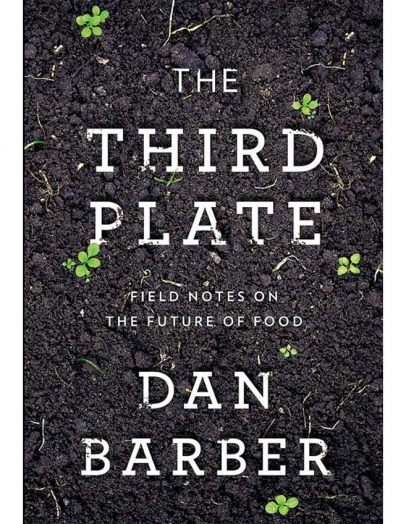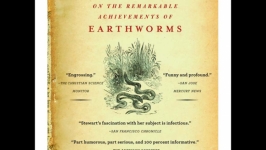Explore the Ways Food Gets to Our Tables
THE THIRD PLATE: FIELD NOTES ON THE FUTURE OF FOOD
By Dan Barber
Every once in awhile, a book comes along that profoundly changes the conversation about food. The Third Plate is one such book. In a very similar structure to Michael Pollan’s bombshell The Omnivore’s Dilemma, Dan Barber takes readers on four separate yet interconnected journeys to explore the ways food gets to our tables. We travel with him through soil, land, sea and seed, crossing multiple continents and landing behind the scenes at his critically acclaimed farm-to-table restaurant Blue Hill at Stone Barns.
Barber’s accolades as a chef—from multiple James Beard Awards to being named one of Time magazine’s 100 most influential people in the world—are extremely well-deserved, judging from the thoroughness with which he explores the supply chain of all the ingredients in his restaurant.
All food has a rich story that connects it to a regional culture and to the entire planet. Barber’s overwhelming reverence for food, and the stories about how it came to be, shine through every page of this book. Blue Hill at Stone Barns has its own seven-acre farm, where farmers grow much of the produce and some of the meat for the restaurant. Barber clearly cherishes diverse varieties and beautiful farming practices. And all of the other foods they serve have an off-farm story, which Barber tells spectacularly.
In the “Sea” chapter, he describes a disaster he had in his restaurant serving endangered bluefin tuna to some Gourmet writers, then zooms out to explore the controversies surrounding farmed fish versus wild-caught fish and the larger issue that the oceans are in grave danger. With a singular focus on quality, Barber searches for truly sustainable seafood. He visits an almadraba, a traditional tuna fishing cultural practice on the Strait of Gibraltar. He also visits Veta La Palma, one of the world’s most promising examples of a sustainable fish farm.
Ultimately, the conclusion Barber draws in every chapter is that we need to eat lower on the food chain. Whether it’s buckwheat and rye from an organic farmer’s soil-building crop rotations or phytoplankton from the ocean, he advocates for the smaller, foundational species over the larger trophy species. He recognizes the chef ’s rise to pop culture icon status and implores chefs to take the responsibility inherent in that celebrity seriously. He lauds chefs who make five-star meals from undervalued but more sustainable ingredients, pointing out that they have an enormous power to shape the public’s perception of delicious food.
Though most Idaho readers will be left with a yearning for what is possible but not yet reality here, little by little we’re making headway. Restaurants like The Modern Hotel and State & Lemp served local cover crops on their menus for the first time this spring, proving the point: The Third Plate is profoundly changing the conversation about food.






